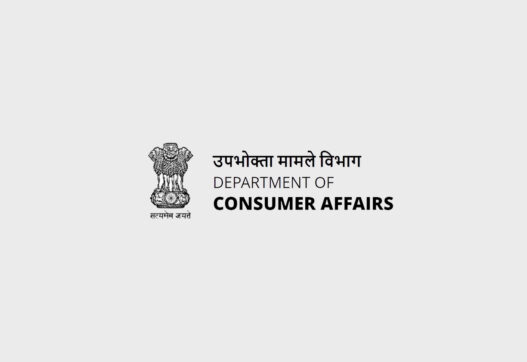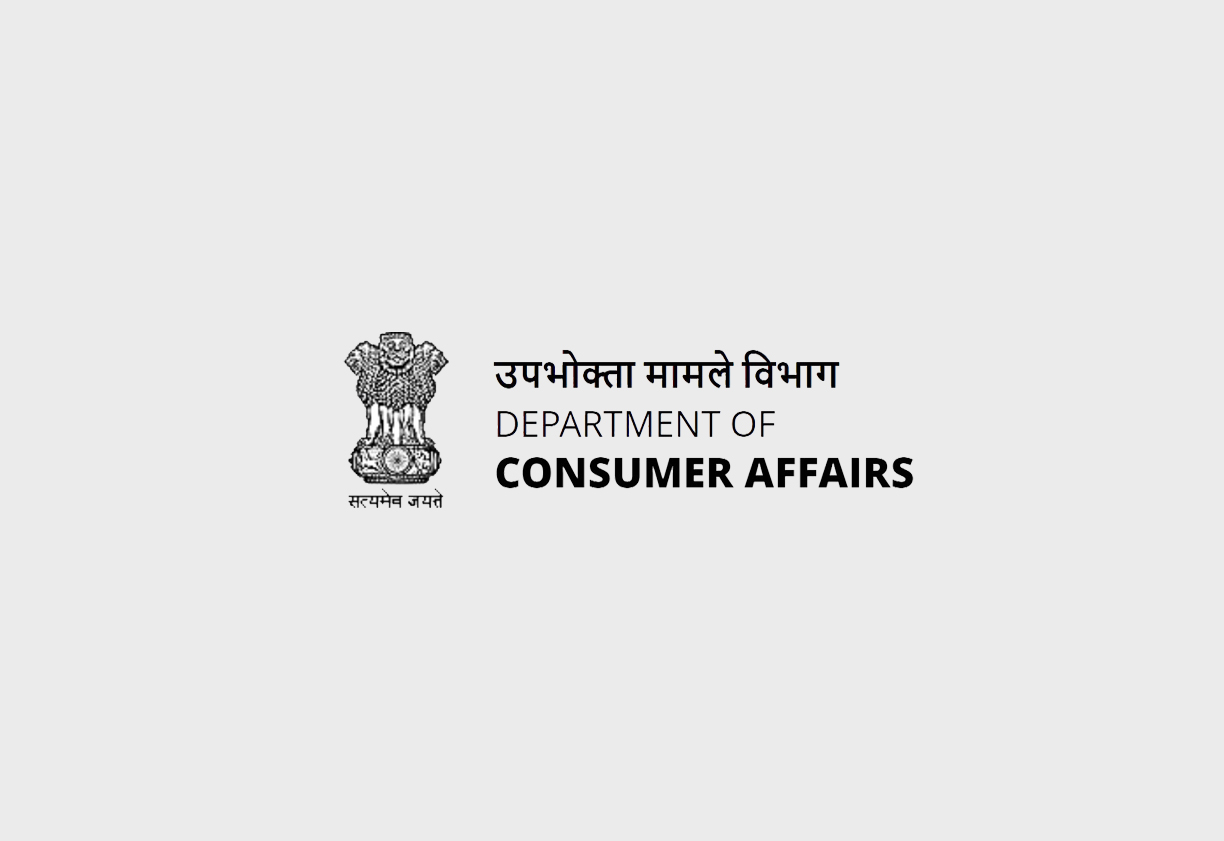Ministry of Consumer Affairs, Food and Public Distribution
The Emblems and Names (Prevention of Improper Use) Act, 1950, is a legislative measure enacted to prevent the improper use of certain emblems and names for professional and commercial purposes. This Act aims to protect the sanctity and dignity of specified national emblems and names, ensuring that they are not used in a manner that could be misleading or disrespectful. The Act prohibits the unauthorized use of these protected symbols and names in trade, business, patents, trademarks, and designs. It is a critical instrument in safeguarding the symbols of national importance in India.
Act Background and Ministry:
The Emblems and Names (Prevention of Improper Use) Act, 1950, was enacted by the Parliament of India. It was designed to prevent the misuse of certain emblems and names for commercial purposes. The Act falls under the purview of the Ministry of Home Affairs, Government of India.
Enactment Date, Number of Chapters, Number of Sections:
The Act was enacted on March 1, 1950. It is structured into 9 sections and has no formal chapters.
Act Governed By:
The Act is primarily governed by the Central Government, which has the power to grant permissions for the use of protected emblems and names and to make rules for carrying out the purposes of the Act. The Act also involves “competent authorities” who are responsible for registering companies, firms, trademarks, designs, and patents.
On Whom it is Applicable:
The Act is applicable to all individuals and entities in India, and also applies to citizens of India outside India. It prohibits the improper use of specified emblems and names by any person for trade, business, calling, or profession, or in the title of any patent, trade mark, or design.
Penalties/Punishments:
The Act specifies penalties for non-compliance. These include:
-
Fines: Any person who contravenes the provisions of section 3 of the Act is punishable with a fine which may extend to five hundred rupees.
Important Pointers:
-
Prohibition of Improper Use: The Act prohibits the use of specified emblems and names without the prior permission of the Central Government.
-
Prohibition of Registration: The Act prohibits competent authorities from registering companies, firms, trademarks, designs, or patents that improperly use the protected emblems or names.
-
Definition of Emblems and Names: The Act defines “emblem” and “name” to include a wide range of symbols, seals, flags, insignia, coats-of-arms, pictorial representations, and abbreviations.
-
Schedule of Protected Symbols: The Act includes a schedule that lists the specific emblems and names that are protected under the Act.
-
Power to Amend Schedule: The Act empowers the Central Government to add to or alter the schedule through a notification in the Official Gazette.
-
Previous Sanction for Prosecution: No prosecution for any offence under the Act can be instituted without the previous sanction of the Central Government or an authorized officer.
-
Savings Clause: The Act clarifies that it does not exempt any person from any suit or other proceeding that might be brought against them apart from this Act.
Act Copy:




